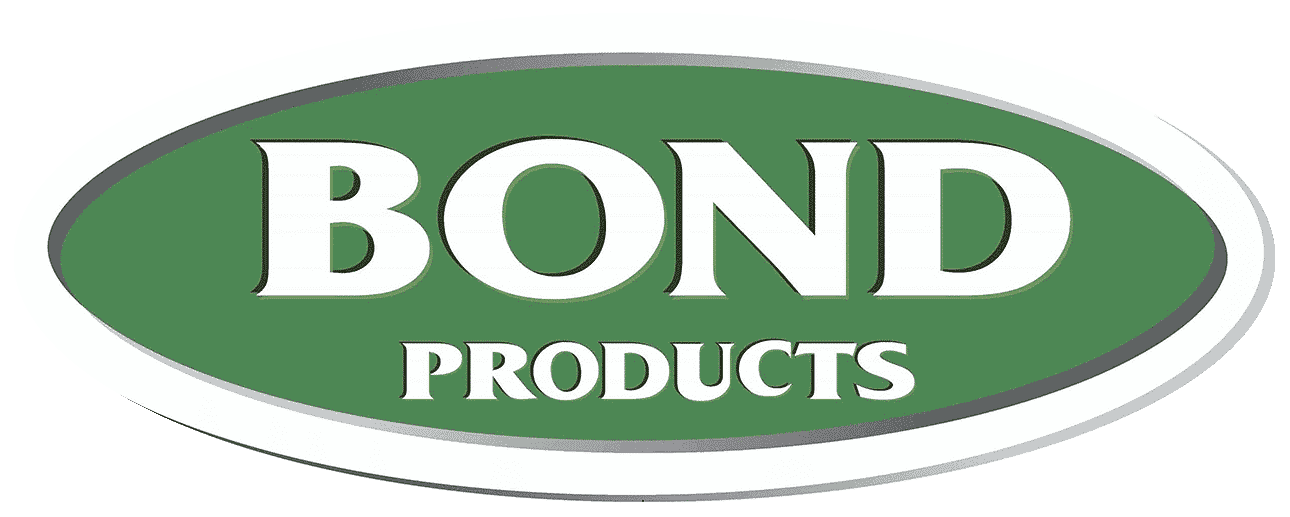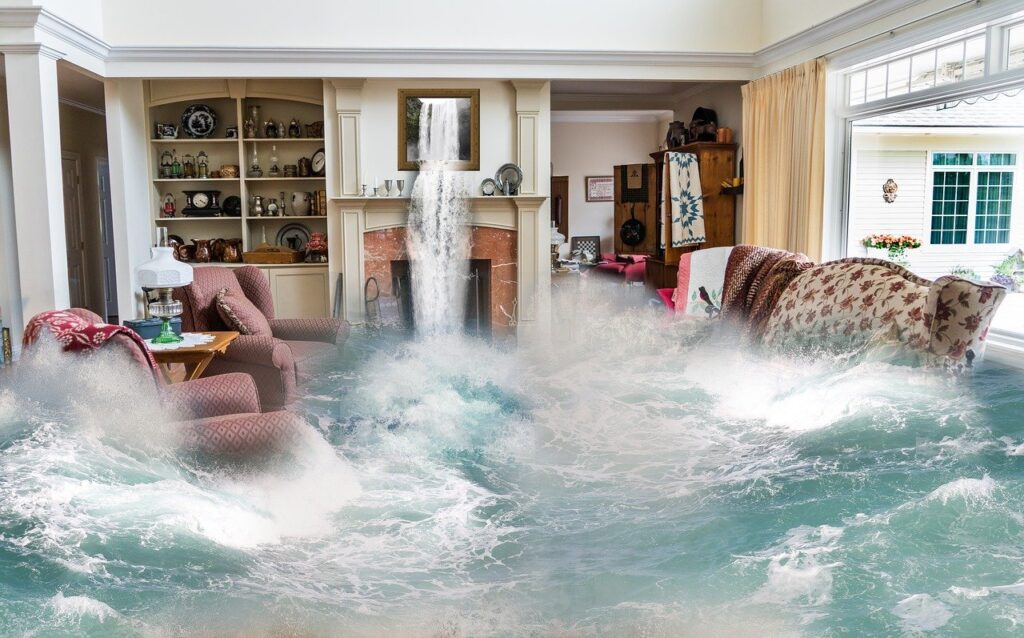In the past several weeks Americans have watched with fear and horror as Southern states have taken on numerous natural disasters. Hurricane Harvey caused previously unheard of flooding in Houston and surrounding Texas, and Florida has taken a beating from Hurricane Irma. The damage from Hurricane Harvey alone could total $180 billion dollars. It’s almost unimaginable.
From the standpoint of individuals and families, however, the cost of these disasters is not calculated in billions of dollars, but in a multitude of smaller problems like deciding how to dry out an entire house, what to clean, what to replace and what must be thrown in the dumpster. In some cases, if the right decisions are not made, these people will have further problems in the future. One of these involves flooring.
When your house experiences a flood, what do you do about your flooring? It’s a good question because there are many kinds of flooring. What are the safest and best choices for different types of waterlogged floors? If this happens to your home, this is what you should know:
Indoor carpet – If the flooding isn’t too extensive or doesn’t last too long, wet carpet can be dried out with aggressive emergency management. The biggest problem is that the carpet pad under the carpet will absorb lots of water, and if it’s not pulled up and replaced, it can become the perfect breeding ground for mold and bacteria. There’s about a 24-hour window of time to get professionals to treat a carpet before it becomes unsalvageable.
Outdoor carpet – Outdoor carpet that is installed on a concrete subfloor can be cleaned, and saved if it is made of water-resistant plastic such as olefin. Outdoor carpets made from natural fibers like jute will be far more likely to mold and decompose.
Hardwood floors – Wood buckles when it’s exposed to water. If the water exposure and buckling is minimal, you may be able to sand them down and refinish them after they are thoroughly dry. They will have to be pulled up to examine the subfloor for water damage and mold, however. Laminate floors are much flimsier and will not survive a lot of water.
Vinyl floors – Watch for moisture bubbles between the subfloor and the vinyl tile. Again the subfloor will have to be cleaned and bleached in order to stop the growth of mold in your home. Luxury vinyl tile (LVT) can handle limited exposure to standing water and individual tiles can be replaced if they are damaged by a flood without have to replace the entire floor.
Ceramic and porcelain tile – This type of flooring can be cleaned and kept. Stone tiles absorb little water. They are the most waterproof flooring option.
We’ve been keeping the Americans who’ve suffered the loss of their homes and belongings in our thoughts and prayers. If you are also concerned and would like to do something to help, here is a list of charities that will be helping victims of Hurricane Harvey and another for Hurricane Irma. Click for further information.


